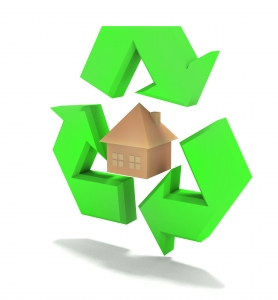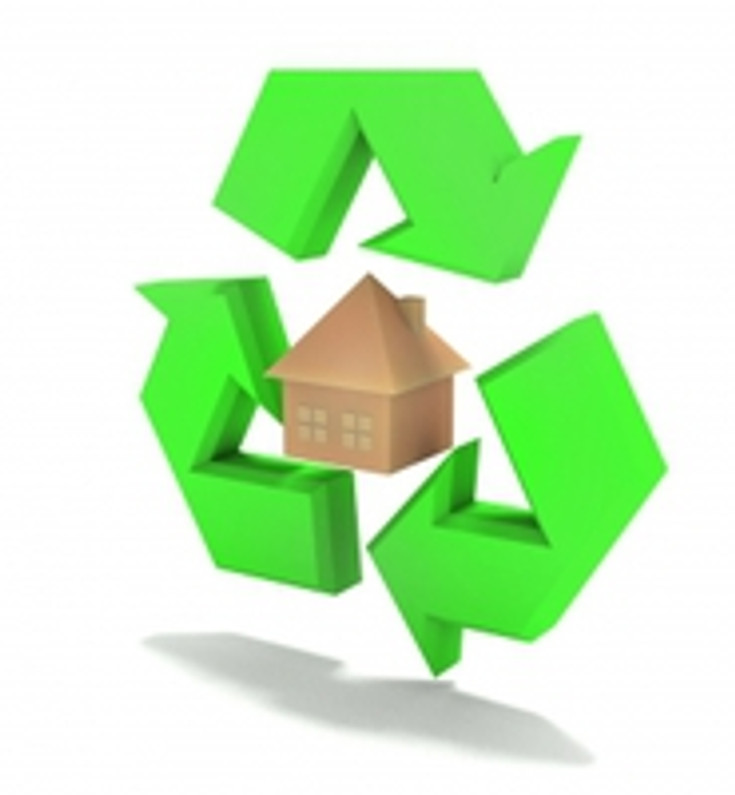The Dangers of Indoor Air Pollution

Many people assume that air pollution only occurs outdoors. After all, this is where vehicles exhaust their gases and coal-burning power plants release their particle-ridden fumes. But just because the air inside your home or place of work looks clean doesn't necessarily mean that it is.
The Environmental Protection Agency (EPA) recently ranked indoor air pollution as one of the top five environmental dangers, attesting to the severity of this problem. Indoor air is often filled with bacteria, viruses, mold, volatile organic compounds (VOCs), toxic chemicals and other impurities.
Researchers Study Indoor Air Pollution
A coalition of researchers from the UK, Europe and Australia recently embarked on a study to determine how indoor air pollution affects our health.
To put the problem of indoor air pollution into perspective, researchers say that it was responsible for some 4.3 million fatalities worldwide in 2012. In comparison, outdoor air pollution was responsible for just 3.7 million fatalities during 2012.
Sick Building Syndrome
Researchers point to a condition known as "Sick Building Syndrome" as being the greatest threat associated with indoor air pollution. Sick Building Syndrome isn't a specific condition, rather it's a catch-all term used to describe a wide variety of adverse symptoms and reactions that are triggered by inhalation of polluted indoor air. People who spend significant amounts of time indoors have the greatest risk of developing Sick Building Syndrome, says researchers.
"It is essential that we are able to effectively monitor indoor air pollution so that we can better understand when and where levels are worst, and in turn offer solutions to make our air healthier. Our work looks at the use of small, low-energy monitoring sensors that would be able to gather real-time data and tell families or workers when levels of pollutants are too high," said lead researcher Dr. Prashant Kumar of the University of Surrey.
So, what can you to promote a clean indoor environment? There are several steps that homeowners can take to clean up their indoor air, one of which is to change the air filter on a regular basis. HVAC air filters are designed to catch particles, preventing them from flowing through the ventilation ducts and into the home. A good rule of thumb is to change your home's air filter once every 60-90 days. You can also promote cleaner indoor air by opening the windows on occasion. Allowing fresh air to enter your home will literally push particle-ridden air outside.
This report was published in the journal Science of the Total Environment.
Recent Posts
-
Fire Safety in the Workplace: What You Need to Know
What steps are you taking to prevent fires in your workplace? According to the U.S. Occupational Saf …Aug 23rd 2023 -
Is It Safe to Go Jogging With a Cold Infection?
If you're suffering from a cold infection, you might be wondering whether it's safe to go jogging. T …Aug 22nd 2023 -
5 Safety Tips to Follow When Using a Powder-Actuated Tool
Powder-actuated tools are commonly used to join materials to steel and concrete. Also known as Hilti …Aug 20th 2023




